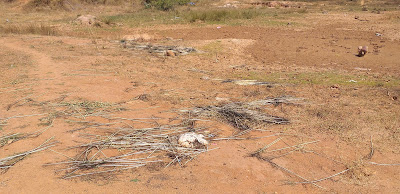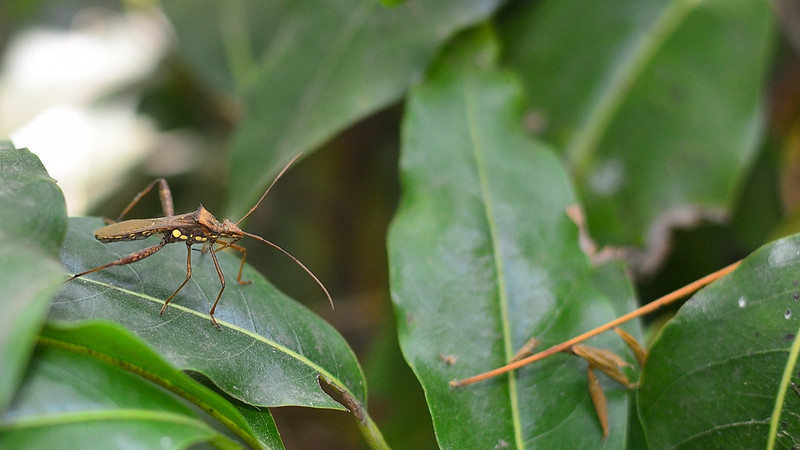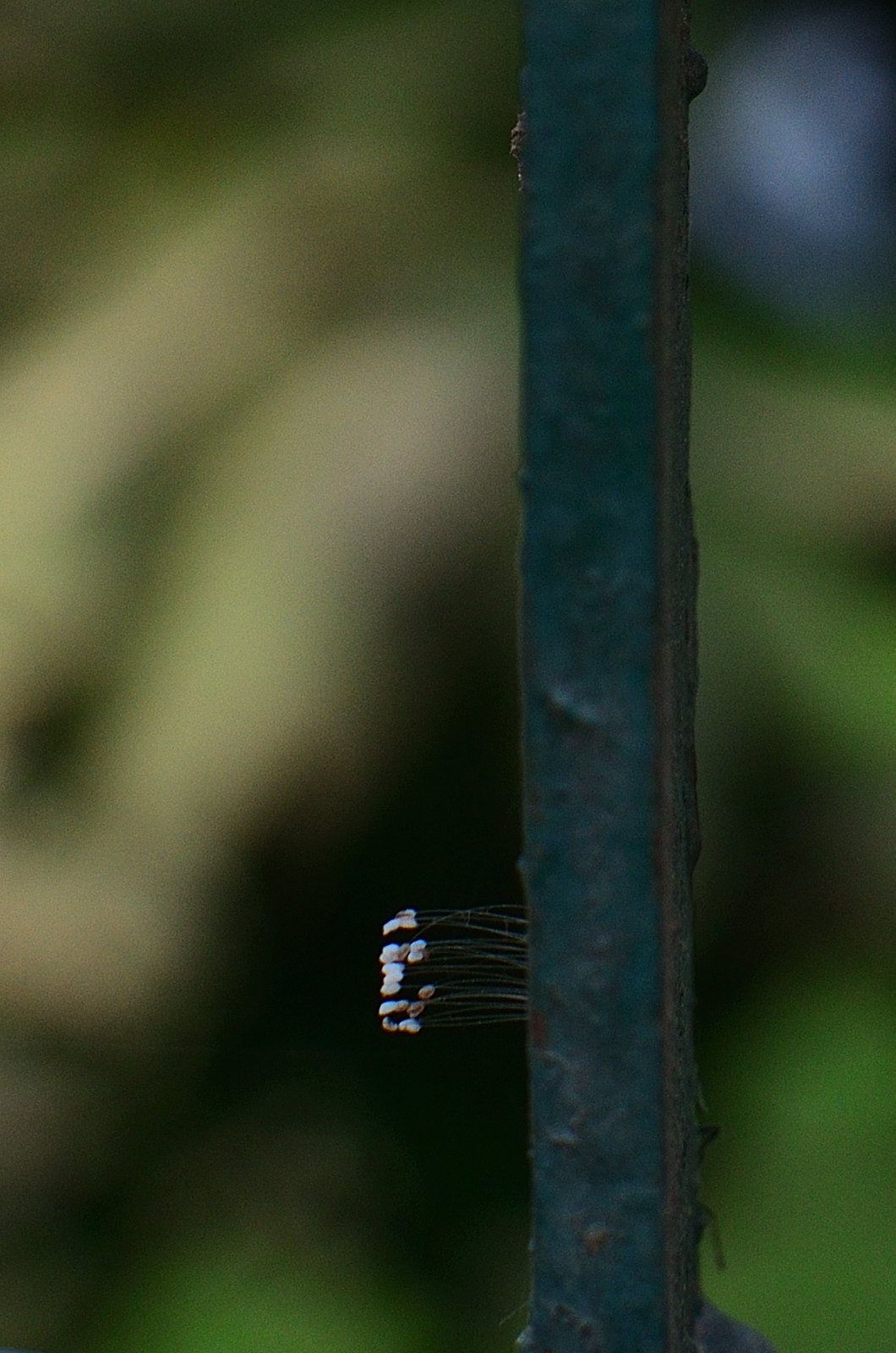Looking back at the lock down, it's has been a crazy almost couple of months! Can't believe I am used to this new routine. It's been a tough one with some lessons for life on health, some assertions to my wishful thoughts(now almost real) about how work can be managed remotely in the current world. It's been thorough learning experience for me to prioritize health.
Despite of lockdown, birding from balcony has reached such a levels that it's become part of our morning routine now. Along with my son, we have been fortunate to see more than 30 species of birds from our balcony over the past couple of months. The multiple webinars on varied topics also was an interesting outcome of this lockdown.
Evenings at home are exciting with a variety of insects being attracted to the lights, thanks to the pre-monsoon showers. We have been able to identify new bugs every other day form past fortnight.
My son and I started collecting dead insects, its silly that now he wish to see every insect dead to add to his collection. Here is a glimpse:
We have been able to appreciate the colors, details and variety of insects we are watching at home and surroundings. Let me present some.
A not-boring beetle! A long-horned beetle at home
A colorful tiny-horned beetle is here
It's season of cicadas and thankfully one turned up in our balcony
A robber fly somehow landed in our home
This Popillia beetle is a standout among the rest:
Few spiders spotted around our home are here starting with a beauty Chrysilla
A two-striped Telamonia species male was spectacular
A crab spider too was spotted:
A lynx spider was nicely sitting and waiting
The season also brought some winged-ants, the one's that fly off from nest and form new colonies, here are some:
Here is a queen of Yellow crazy ants:
let me end this post with this bizzare bug
If you wish to see full collection, drop by at my inaturalist page here
Despite of lockdown, birding from balcony has reached such a levels that it's become part of our morning routine now. Along with my son, we have been fortunate to see more than 30 species of birds from our balcony over the past couple of months. The multiple webinars on varied topics also was an interesting outcome of this lockdown.
Evenings at home are exciting with a variety of insects being attracted to the lights, thanks to the pre-monsoon showers. We have been able to identify new bugs every other day form past fortnight.
My son and I started collecting dead insects, its silly that now he wish to see every insect dead to add to his collection. Here is a glimpse:
A not-boring beetle! A long-horned beetle at home
A colorful tiny-horned beetle is here
It's season of cicadas and thankfully one turned up in our balcony
A robber fly somehow landed in our home
This Popillia beetle is a standout among the rest:
Few spiders spotted around our home are here starting with a beauty Chrysilla
A two-striped Telamonia species male was spectacular
A crab spider too was spotted:
A lynx spider was nicely sitting and waiting
The season also brought some winged-ants, the one's that fly off from nest and form new colonies, here are some:
Here is a queen of Yellow crazy ants:
let me end this post with this bizzare bug
If you wish to see full collection, drop by at my inaturalist page here



























































